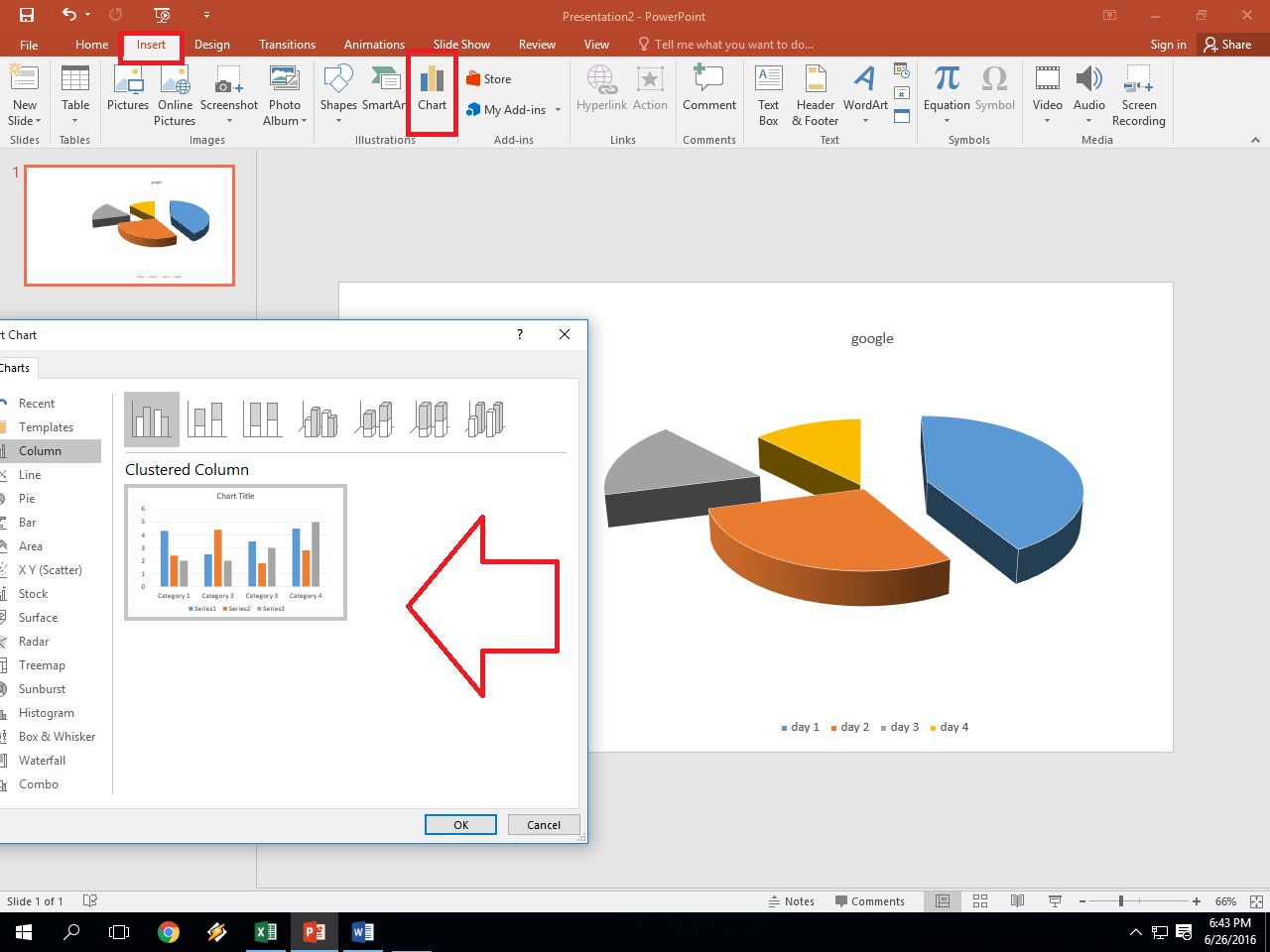5 Ways to Create Print-Ready Excel Sheets Easily

The ability to produce print-ready Excel sheets can greatly improve efficiency for individuals or businesses that frequently deal with data. Here are five easy ways to ensure your Excel sheets are print-friendly:
1. Utilize the Page Layout View

Before printing, it’s essential to confirm how your data will appear on paper:
- Switch to Page Layout View via the ‘View’ tab on the ribbon. Here, you can see:
- Page margins
- Where page breaks occur
- The layout of headers and footers
⚠️ Note: This view doesn’t apply to specific sheets; it applies to the entire workbook.
2. Adjust Margins and Orientation

The way your document is laid out can greatly affect its readability and look:
- Adjust the margins to provide more space for content:
- Navigate to the ‘Page Layout’ tab, choose ‘Margins’, and select from preset options or customize.
- Change the orientation based on the data structure:
- Portrait for documents with less horizontal content.
- Landscape for wider datasets.
3. Format Your Sheet for Printing

Excel provides various tools to make your data look presentable:
- Ensure cells are formatted correctly:
- Select necessary cells, then right-click, choose ‘Format Cells,’ and apply formatting like font size, alignment, and borders.
- Set print areas:
- Go to ‘Page Layout’ and define a ‘Print Area’ to exclude unnecessary parts of your worksheet from printing.
- Use Print Titles to repeat headers and labels on each printed page:
- From ‘Page Layout,’ click ‘Print Titles,’ select rows or columns to repeat, and apply.
4. Check for Page Breaks

Page breaks can disrupt data continuity. Here’s how to manage them:
- Insert manual page breaks:
- Select where you want the break, go to ‘Page Layout,’ and click ‘Breaks’ to choose ‘Insert Page Break’.
- View existing breaks:
- Switch to ‘Page Break Preview’ from the ‘View’ tab to see and adjust breaks visually.
5. Use the Print Preview and Adjust

Before hitting ‘Print,’ review your setup:
- Use Print Preview to:
- Check page layout
- Verify if headers and footers are displayed correctly
- Ensure data fit on the page without overflow
- Make adjustments if necessary:
- Zoom out to view multiple pages at once.
- Adjust page margins or scaling.
💡 Note: For larger datasets, use the 'Fit Sheet on One Page' feature to condense the information.
By following these straightforward steps, your Excel sheets will not only look better on paper but also maintain their data integrity. Remember, the key is in the preparation before you print. Whether you are preparing reports, charts, or comprehensive data sets, these tips will ensure your printed Excel documents are professional, accurate, and readable.
What if my Excel sheet has many pages?

+
Use the ‘Print Preview’ to see how your data will span multiple pages. Adjust margins, scale the document, or insert page breaks strategically to manage large datasets effectively.
How do I ensure my data doesn’t split awkwardly across pages?

+
Utilize page break management as outlined above. Always check the ‘Page Break Preview’ view and manually adjust breaks to keep related data together.
Can I print formulas instead of values?

+
Yes, you can print formulas by selecting the cells with formulas, copying them, pasting them in a new worksheet, and then formatting that sheet for printing. Remember to use ‘Formulas’ view to copy the formulas accurately.



